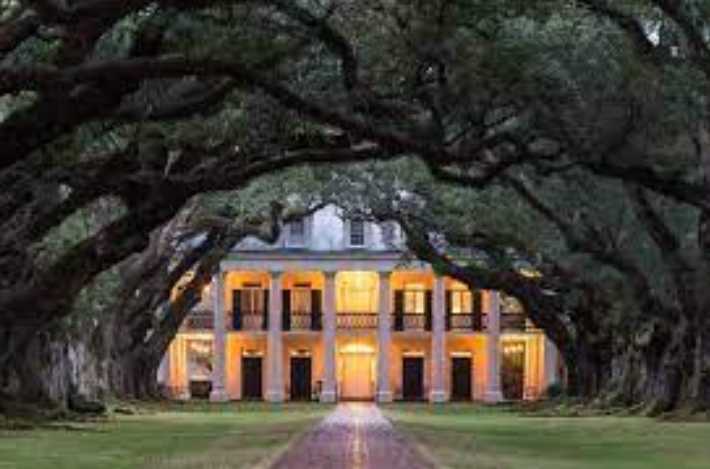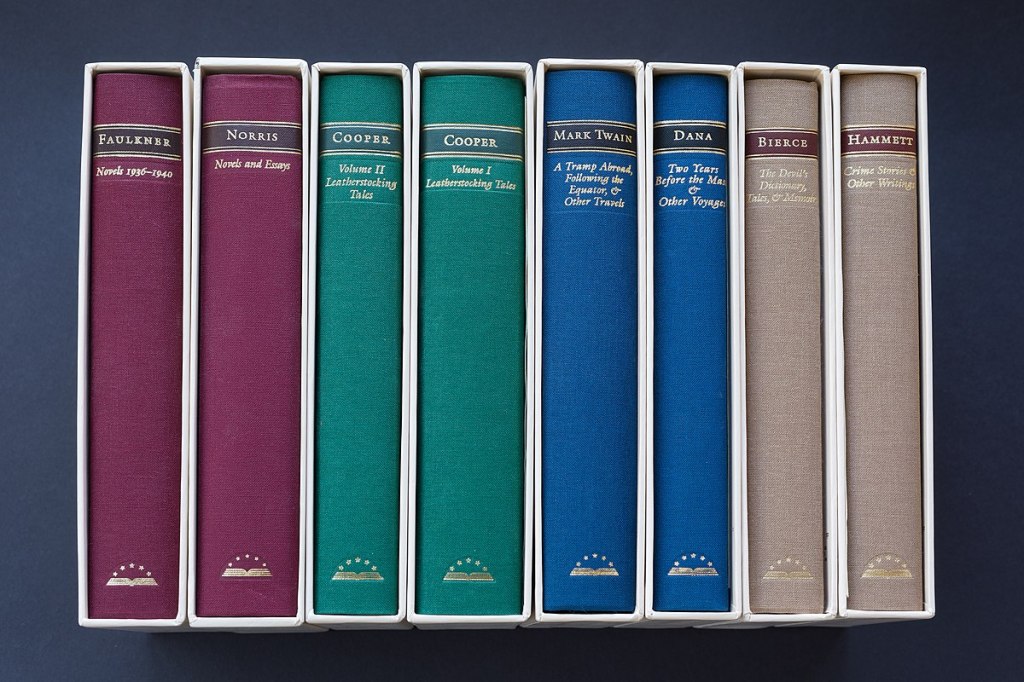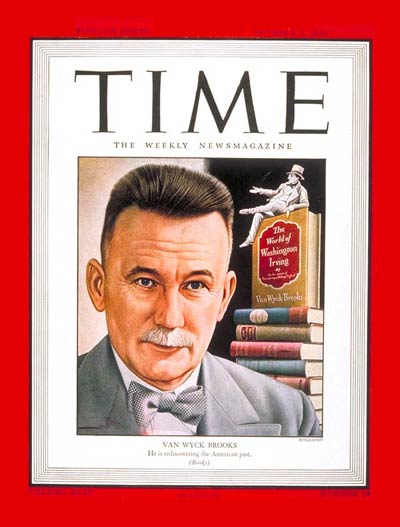
H. L. Mencken knew how to write, but not everything he wrote holds up today. In Prejudices Second Series, he took a hatchet to the literary reputation of the American South in an essay entitled “The Sahara of the Bozart.” Since then, some of the best American writing has come from the South, including William Faulkner (at the top of the list), Flannery O’Connor, Eudora Welty, Ralph Ellison, Harper Lee, Zora Neale Hurston, Robert Penn Warren, and a host of others. Still, Mencken is fun to read:
Alas, for the South! Her books have grown fewer—
She never was much given to literature.
In the lamented J. Gordon Coogler, author of these elegaic lines, there was the insight of a true poet. He was the last bard of Dixie, at least in the legitimate line. Down there a poet is now almost as rare as an oboe-player, a dry-point etcher or a metaphysician. It is, indeed, amazing to contemplate so vast a vacuity. One thinks of the interstellar spaces, of the colossal reaches of the now mythical ether. Nearly the whole of Europe could be lost in that stupendous region of fat farms, shoddy cities and paralyzed cerebrums: one could throw in France, Germany and Italy, and still have room for the British Isles. And yet, for all its size and all its wealth and all the “progress” it babbles of, it is almost as sterile, artistically, intellectually, culturally, as the Sahara Desert. There are single acres in Europe that house more first-rate men than all the states south of the Potomac; there are probably single square miles in America. If the whole of the late Confederacy were to be engulfed by a tidal wave to-morrow, the effect upon the civilized minority of men in the world would be but little greater than that of a flood on the Yang-tse-kiang. It would be impossible in all history to match so complete a drying-up of a civilization.




You must be logged in to post a comment.